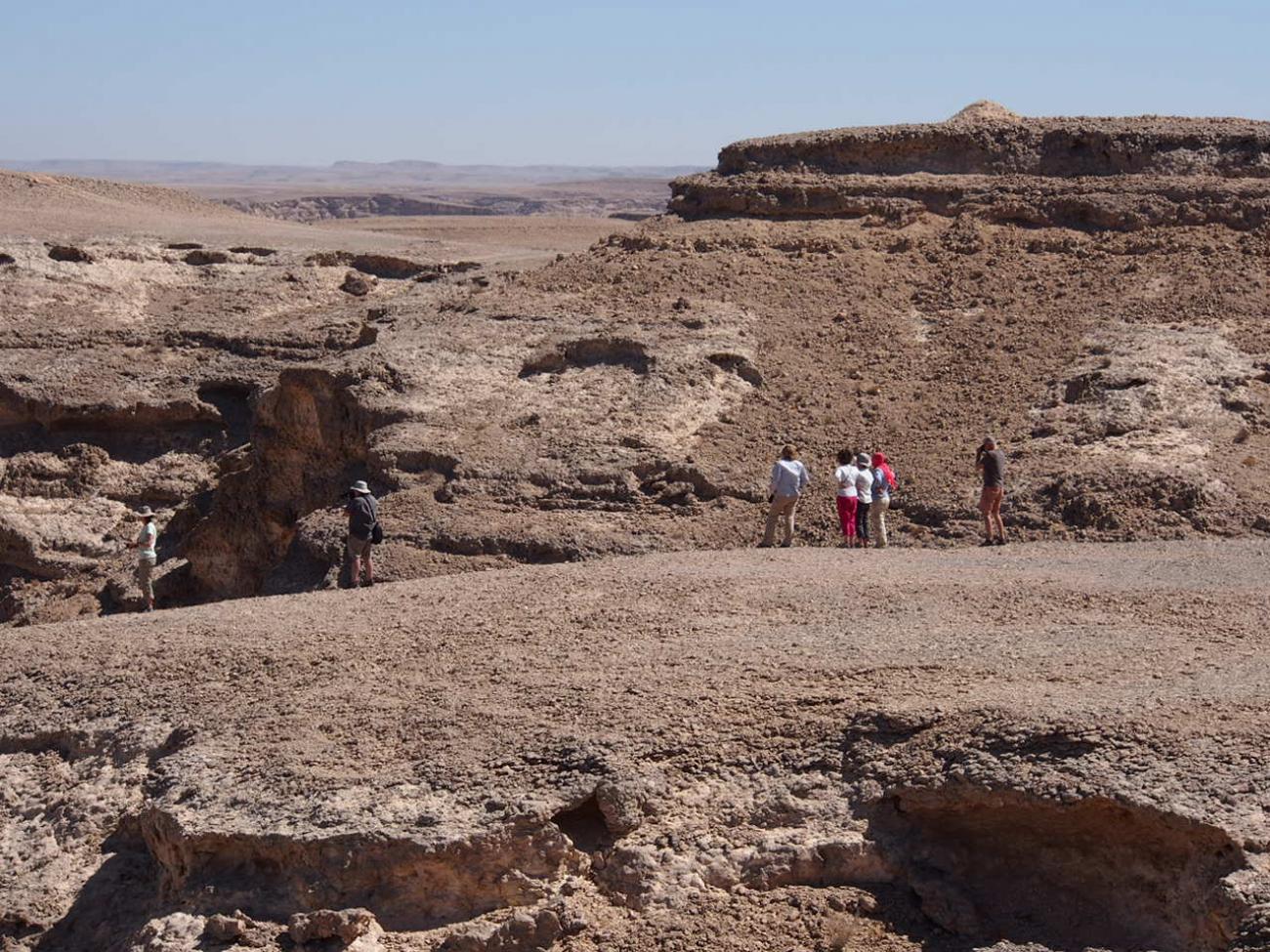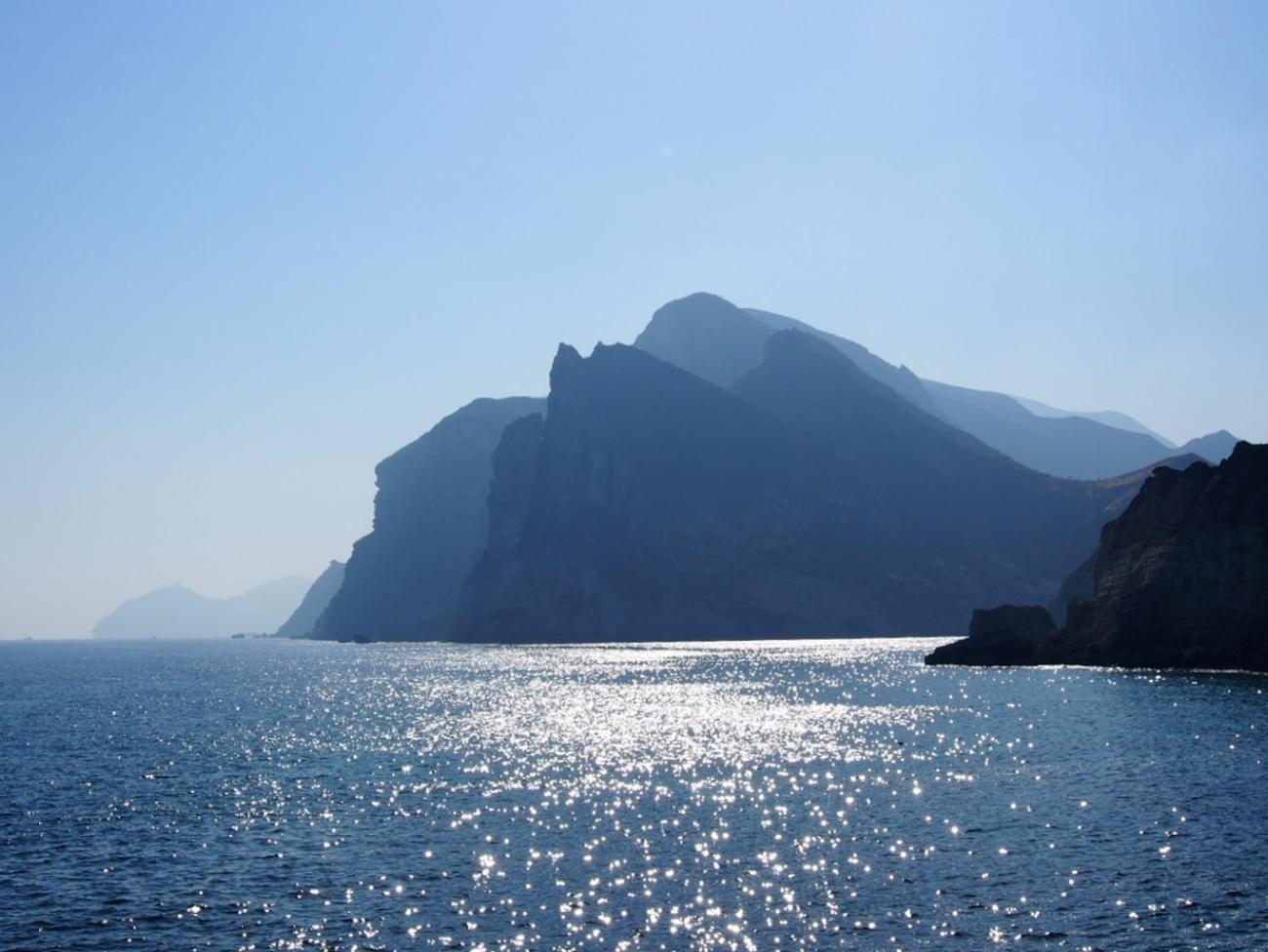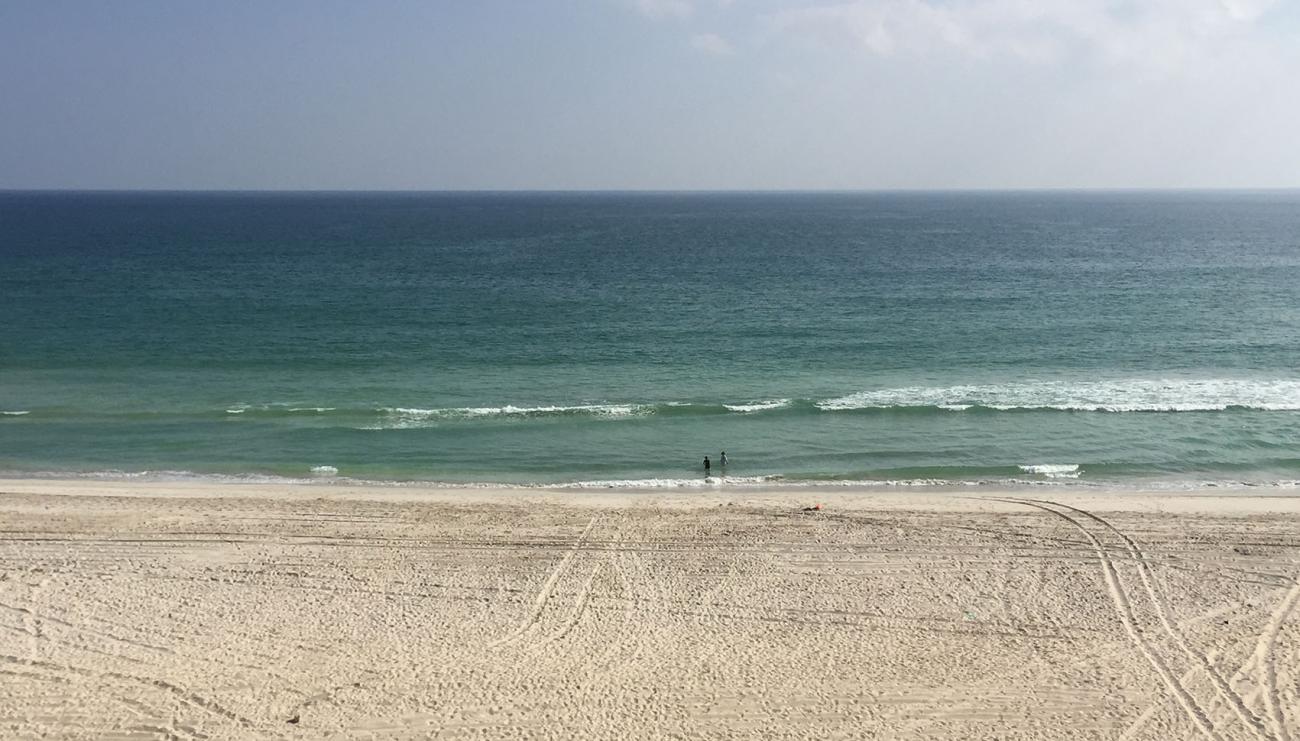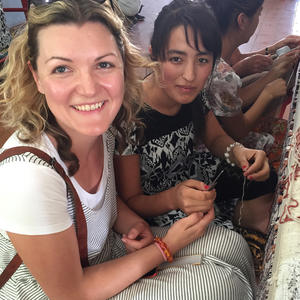Today we’re leaving the desert, almost at the end of our Oman adventure, and heading south towards the border of Yemen and the capital of the Dhofar region, Salalah. Dhofar, with its historic frankincense trade, proximity to Yemen and old coastal trading links with East Africa has a different feel to the rest of Oman. The atmosphere is relaxed, with a culturally diverse population and an ancient and varied landscape.
Arriving at Al Mazyubah, the border town with Yemen, there was a distinct Yemeni flavour to the place – the people, the buildings and the food had more in common with Yemeni culture than they did Omani. As it's positioned a mere 3km from the border, that's little surprise. We were only here to refill with fuel and coffee and were soon back on the road to the coast.

Travelling through the wild and lunar-like landscape of the aptly named Jebel Al Qamar, or "Moon Mountains", the only sign of settled life we found is that of the frankincense tree. Knarled and aged, clinging to the rocks, it's difficult to understand how they can survive in such a hostile environment. But contrary to their apperance, Dhofar’s frankincense is considered to be the finest in the world. It's harvested from the trees by making small cuts into the bark and letting the resin seep out and harden before it's collected.
Oman has much of its historic prosperity to thank the humble frankincense tree for; so high in demand was it from Europe and Asia, that its kingdoms became an integral part of the global economy, with shipping routes opening up to the Mediterranean, India and even as far as China. Even the fate of the camel as a domesticated beast of burden has much to do with the overland frankincense route into the rest of Asia. It certainly still occupies a central role in Omani life – we were never far away from its aromas, wafting out of people’s homes, from the mosques, in the evening souks and even by our campfire after picking up our own supply in Muscat’s famous Muttrah souk.

Leaving the mountains behind, and descending steeply to the coast, we made our way down the eye-popping "Furious Road". Carved out of the sheer rock face, the road plummets an astounding 400m in 5km. Partly relieved and partly disappointed to come to the end of this white-knuckle drive, we suddenly popped out at the beach, with the glittering Arabian Sea stretching out before us.
It felt like we’d arrived in a different country; flat white beach sand skirting the road, lines of coconut trees and a noticably more humid climate. And the closer we got to Salalah, the more noticable this difference became. Arriving in the outskirts of Salalah, there was a distinct East African vibe about the place, with luscious banana and coconut plantations all around us and a dramatic increase in colours – from the flowers, the buildings and especially from women’s clothing – bold, colourful patterns a million miles away from the black abayas further north. The whole place feels alive, almost like it’s dancing to its own upbeat soundtrack.

To complete the feeling, before arriving at our beachfront hotel, we stopped at the side of the road to have some fresh coconut milk. I think we made an unusual sight – straight from five nights camping in the desert, we attracted some fascination. It was time for us to check-in and have that long-awaited shower.
Tour leader Charlotte Hopkinson recently led our Oman Desert Adventure group tour.
